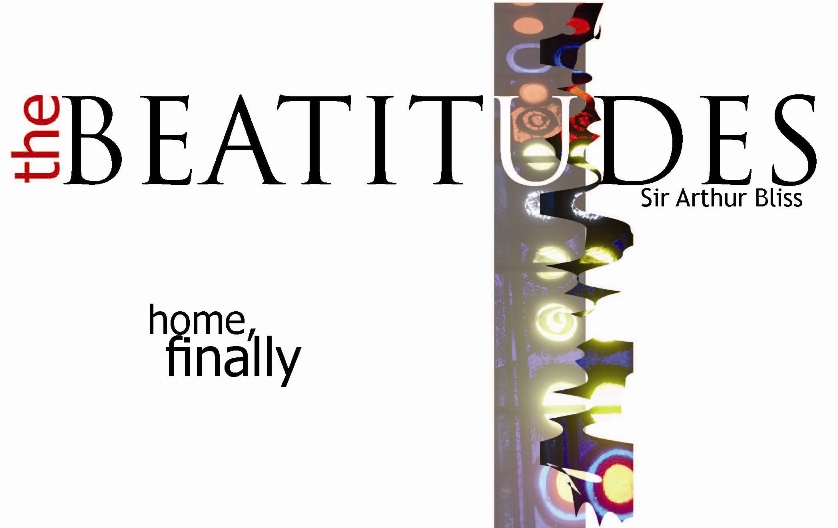Sir Arthur Edward Drummond Bliss, CH, KT, KCVO; 2 August 1891 – 27 March 1975.
Cambridge classicist; distinguished military career in The First World War as officer with the Fusiliers then Grenadier Guards – twice shot and once gassed; successful musical portfolio and career; Master of the Queen’s Music.
A man more different to Britten would be hard to find. Despite the prominence of his career his impact was somewhat sotto voce when it came to public recognition or perhaps acceptance – his style being somewhat ‘modernist’ for traditional ears to accept. But this changed with time.
This portrait of Sir Arthur Bliss by Mark Gertler (oil on canvass 1932) hangs in the National Portrait Gallery
His early musical abilities were demonstrated at Rugby School
Technical training and inspiration came in 1913 when he entered The Royal College of Music where he became mat and spent time with Vaughan Williams and Gustav Holst – their advice and encouragement were invaluable.
But, war broke and his musical training was cut short. Bliss volunteered as a private soldier in the Thirteenth Battalion, Royal Fusiliers. His leadership and gallantry soon gained him a commission and later transfer to First Battalion, Grenadier Guards.
For much of the time between the wars, Bliss lived in California
Perhaps one of Bliss’s most important and personal works is his ‘symphonic’ Morning Heroes. This was written in memory of his brother Francis Kennard Bliss who had died at the Western Front. It is a powerful piece of music that was inspired by a deep personal emotion. Quoting Alec Robertson it 'shows no trace of either sentimentality or jingoism.’
The first performance of the impressive Music for Strings was given at the Salzburg Festival in 1935 and was conducted there by Sir Adrian Boult. It was in the same year that Bliss provided the music for Francis Korda’s frightening film Things to Come, based on the famous book by H.G. Wells, The Shape of Things to Come:
Work upon work and recognition after recognition fuelled an energy in Bliss that saw more and more subtle fame and calm recognition. He returned to Britain
King George VI Knighted him in 1950 and the new Queen Elizabeth II appointed him Master of the Queens Music shortly after her accession in 1953.
Bliss, who composed quickly and with facility, was able to discharge the many duties of the post. He provided music as required for state occasions, from the birth of a child to the Queen, to the funeral of Winston Churchill, and the investiture of the Prince of Wales.
In 1956, Bliss headed the first delegation by British musicians to the Soviet Union since the end of the Second World War. The party included the soprano Jennifer Vyvyan and the pianist Gerald Moore. He returned to Moscow
Bliss had proved himself well liked, highly regarded in high circles and a not insignificant ambassador.
It was therefore perhaps no great surprise that his status and reputation were right for him to be commissioned to write the notable work that was to musically mark the Consecration of Coventry Cathedral – a world symbol of peace and reconciliation; to be performed on that night in the Cathedral for which it would be written.
Fifty years later, it has still not been performed in the iconic building for which it was created...
until now:
For more information read on...
(Short code to Coventry Cathedral website)





No comments:
Post a Comment